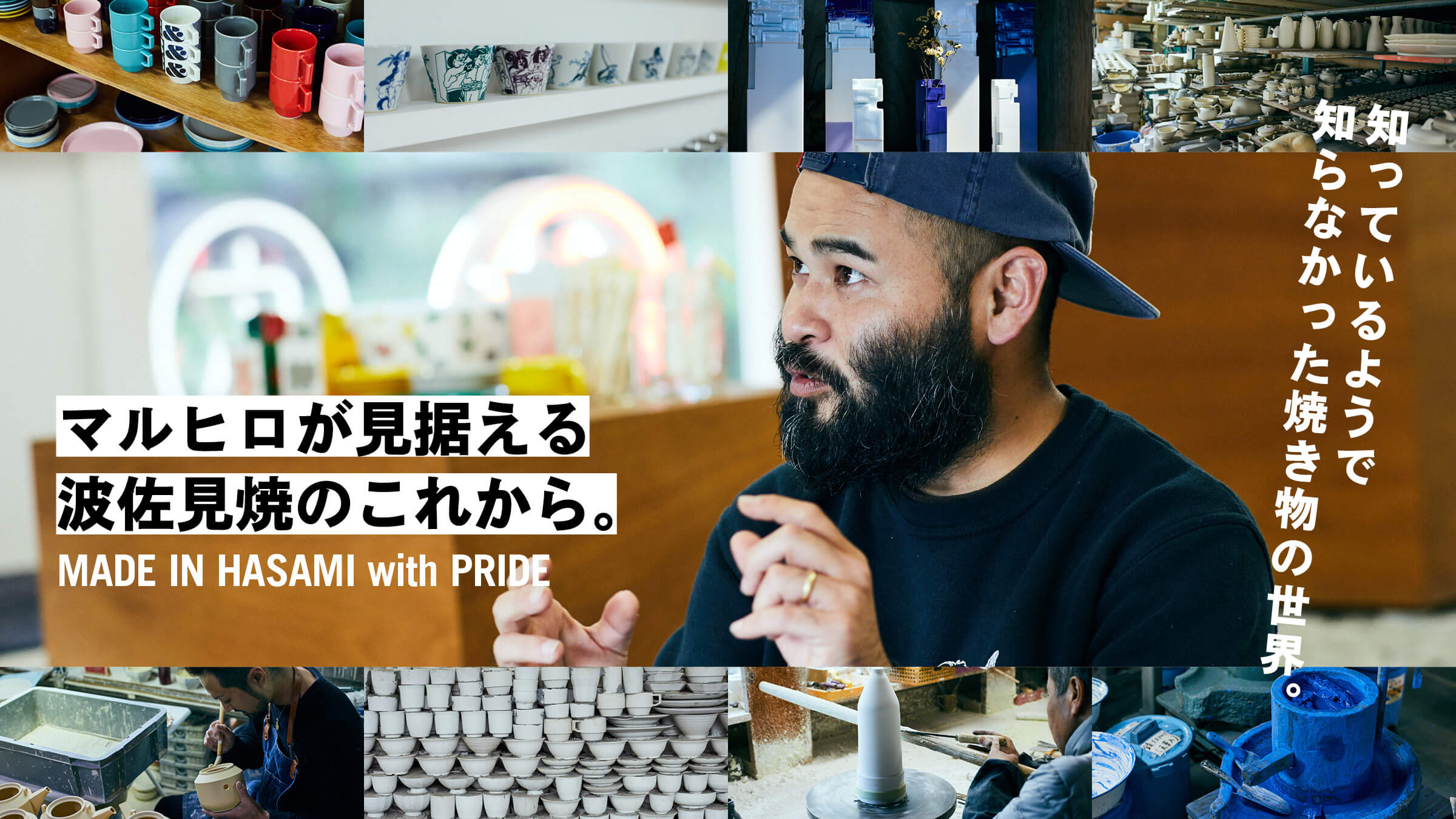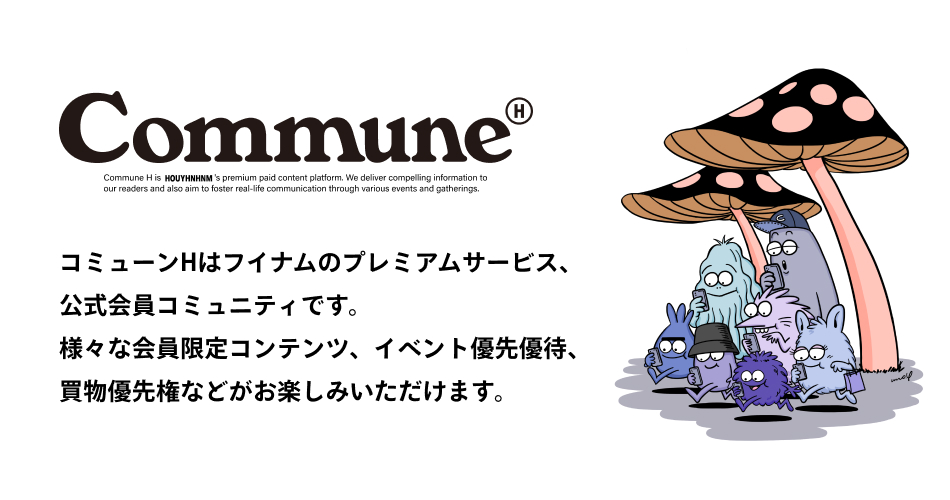Everyday designs that are created with the amazing skills and ideas of a moldmaker.


A moldmaker making a prototype based on a sample. A small mistake can be fatal, so they carefully sharpen the mold while supporting it with a wooden stick.

The prototype for the bottles is a Hasami-ware piece released by Black Eye Patch.
Baba is directing its production.
The first place Baba showed us was a mold shop. This is where molds are made for the mass production of pottery. The work begins with the creation of "prototypes," which are the actual shapes of the pottery to be made. The "prototype," as it is called, is the mold for the mold. Based on this, we make a mold called a 'use mold,' into which the actual dough is poured," Baba said.

The left is the prototype and the right is the finished baked product. Baking the dough removes water from the dough, causing it to shrink.
Keep that in mind when creating the prototype.
The person making the prototype in the workshop with a cautious look on his face was Kikumi Iwanaga, a veteran craftsman with 37 years of experience in this field. The dough shrinks by about 141 t.p.m. when it is baked, so you have to make the prototype larger than the actual size. So we have to make the prototype larger than the actual size to accommodate this," Baba said. As he said, I was impressed to see Mr. Iwanaga sometimes stop cutting in the middle of the process to measure the size in millimeters.


The sample used as a sample is an American beer bottle.
A closer look reveals that the part of the body to which the label is attached is not a simple straight line modeling, as it is slightly skinny.
When we have a sample, like this bottle, we just have to faithfully reproduce the shape," says Iwanaga. However, even seemingly simple bottles can have curves drawn on them if you look closely, and it is the skill of the craftsman to reproduce even the most subtle differences without overlooking them. The word "faithful" can only be achieved through experience.

Various prototypes made in the past. The grooved plates are also carved by hand, one by one.
The pile at the bottom is the mold used. The mold is made by pouring plaster into the prototype.
On the other hand, Mr. Iwanaga continues, "It is very difficult to create a shape from scratch. The most important part of a craftsman's skill is when he creates a mold by formulating an image in his mind while taking into account the intentions of the planner. Baba says, "Kikumi is good at creating complex three-dimensional forms. He always asks me what I want to do. We can only draw drawings in two-dimensional form, and when it comes to making a three-dimensional model, we need the ideas and expertise of the craftspeople. We often come here to see the work in action and compare images. Mr. Iwanaga responded, "For example, we don't just make a plate flat, but we carve grooves in it so that shadows appear, and we think about how to make it look beautiful and appealing. We become attached to the tableware we use without thinking about it, when we realize that the craftsmen put their ideas into each and every shape and decoration.

The warehouse attached to the workshop was filled from floor to ceiling with used molds.
It is impressive to think that 37 years of history has been accumulated here. In the foreground is Mr. Iwanaga's hobby, motorcycles.

Baba-san speaks to craftsmen of his father's generation as an equal, without hesitation.
We are able to do this because of our respect for Mr. Iwanaga and our enthusiasm to create good pottery.
Finally, the mold maker completes his work by making a mold to be used based on the finished prototype. Next, we head to the fabric shop.









